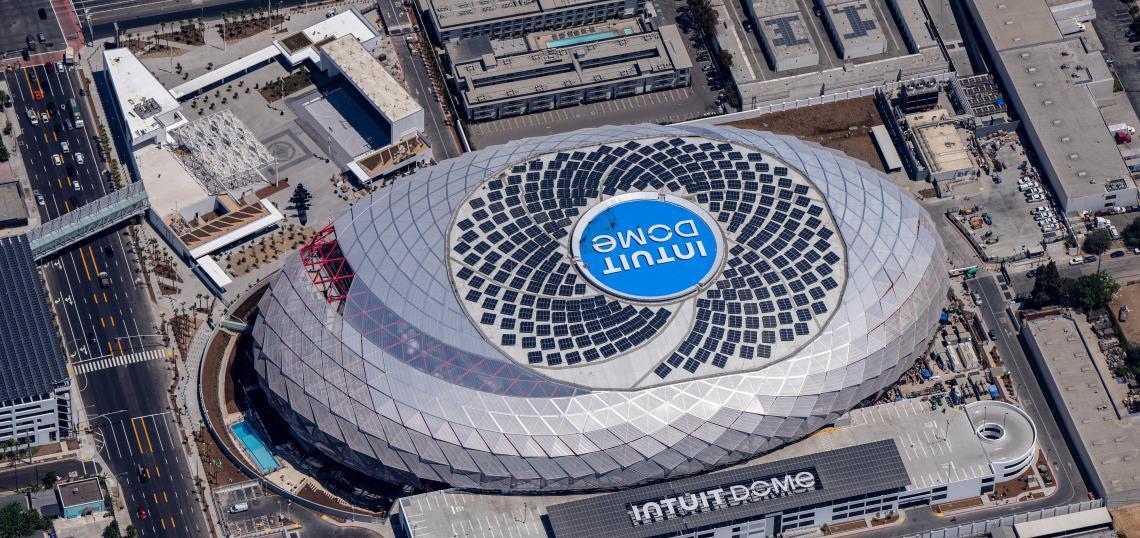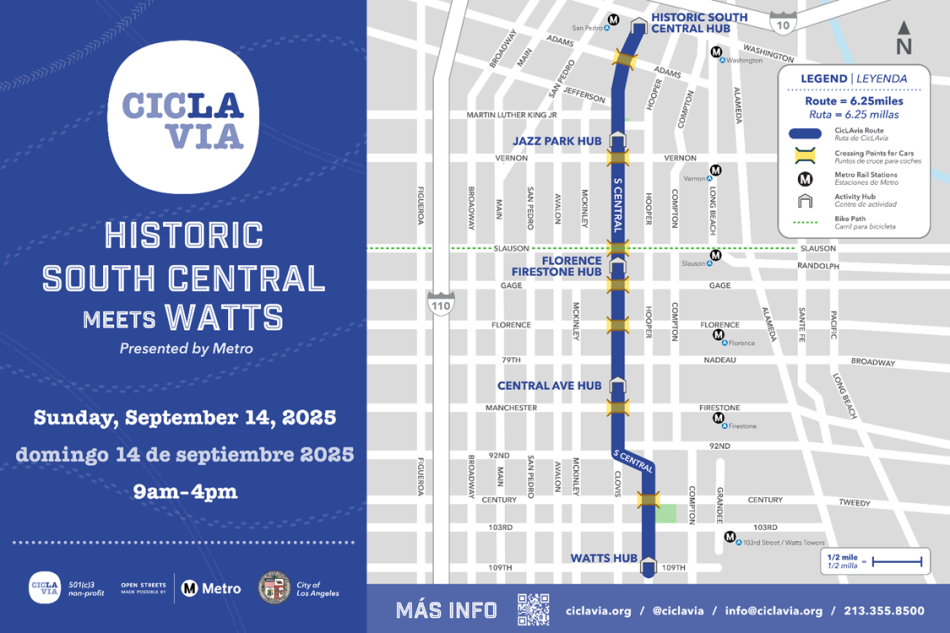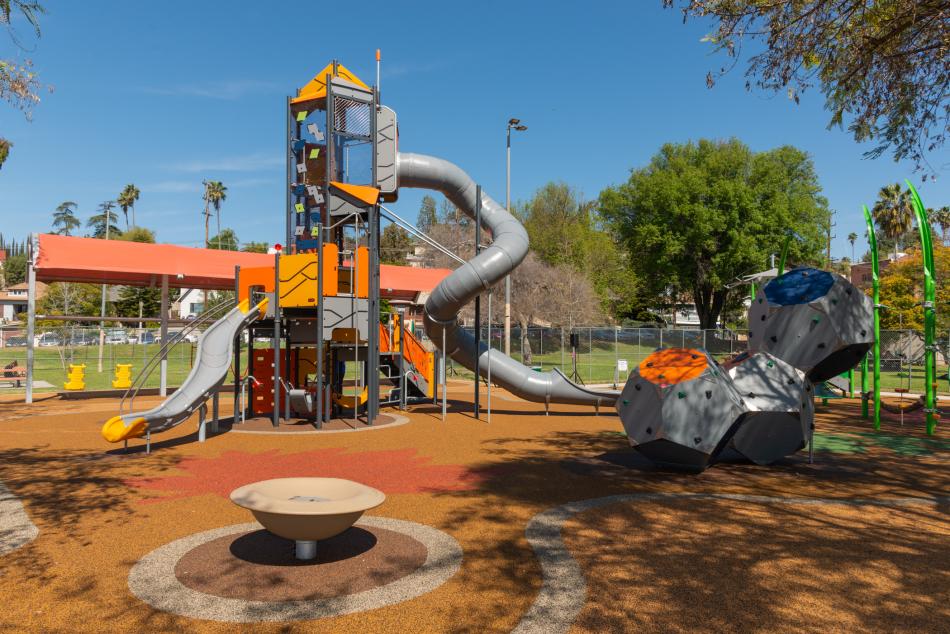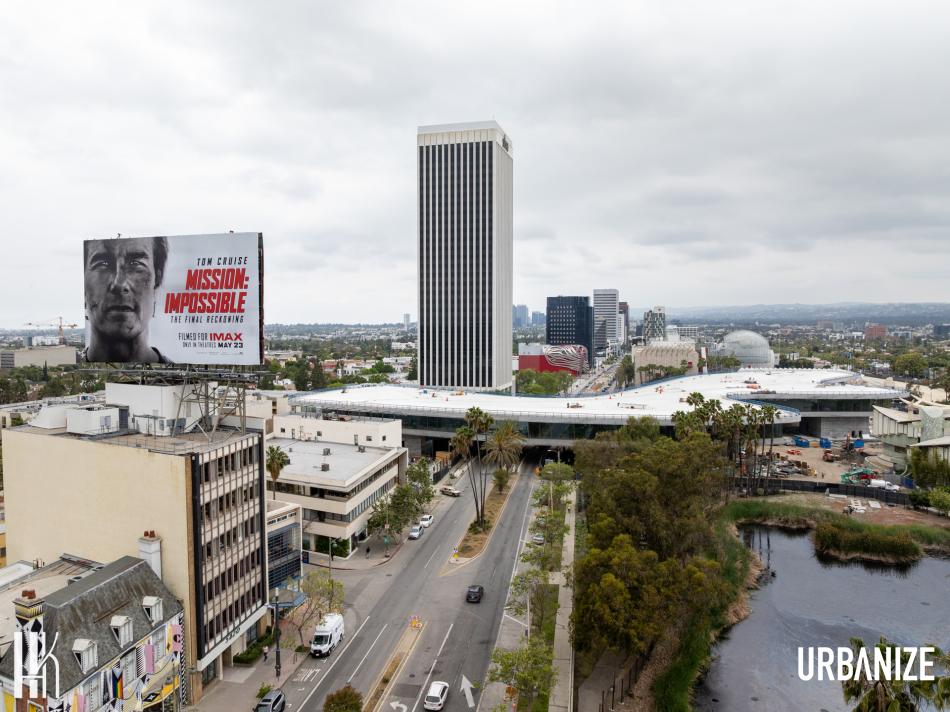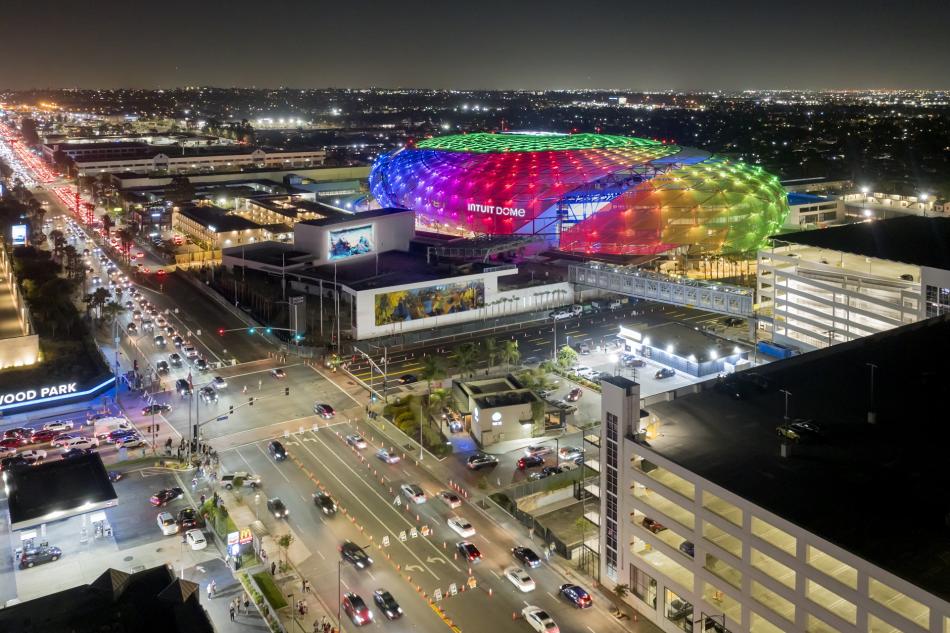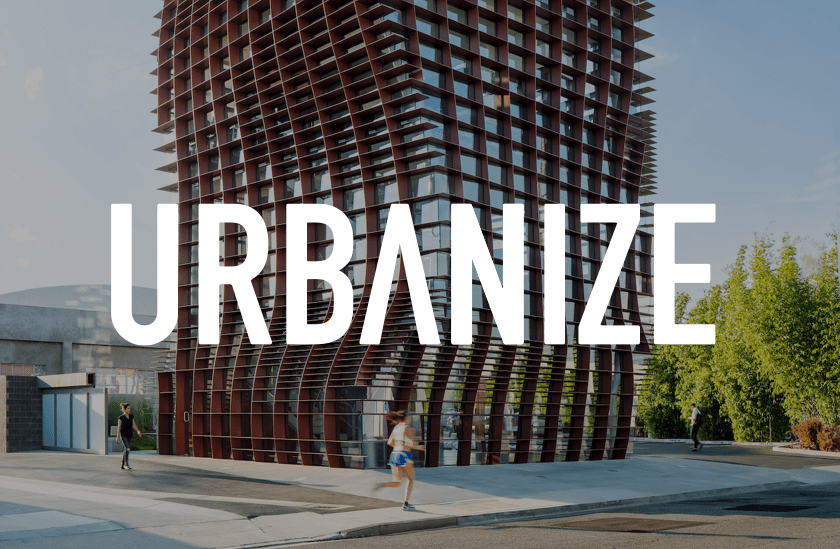CicLAvia returns on September 14 from 9 am to 4 pm with its 62nd open streets event: Historic South Central meets Watts. The 6.25-mile route will run along Central Avenue between Washington Boulevard and 109th Street, with connections to the new Rail to Rail trail on Slauson Avenue.
Once again, here are the rules: only people-powered vehicles allowed. That means no electric scooters, skateboards, hoverboards, unicycles, motorcycles and other non-people-powered vehicles are permitted. However, Class 1 e-bike pedal-assist is allowed, Class 2 e-bikes are allowed when throttle is powered off, and Class 3 e-bikes are allowed when pedal-assist is powered down.
-----------------------------------------------------------
The City of Los Angeles Department of Recreation and Parks has released its draft parks needs assessment, outlining strategies to improve a system which is admittedly short on investment and staff. The draft is open for public comment through October 15.
“We appreciate the input of the thousands of Angelenos who have informed this draft [park needs assessment],” said Recreation and Parks general manager Jimmy Kim in a news release. “We believe it can help guide [Recreation and Parks]’s investments, operations, maintenance, and programs for years to come, focusing on the priorities that matter most to our communities. We're excited to share the draft now and invite feedback from residents as we finalize it.”
In what will likely come as no surprise to any longtime reader, the draft assessment found that the Parks Department's budget has not kept up with inflation or the overall City of Los Angeles budget. Between 2009 and 2023, the Parks department operating budget grew by 35 percent, versus a 68 percent increase for the overall City budget over the same period. Consequently, Los Angeles pays just $92 per resident on park space, and was ranked 90th of 100 large cities in the Trust For Public Land's annual ParkScore Survey due in part to a lack of funding.
The cost of actually climbing the annual ParkScore list would not come cheaply, according to the report. The report estimates the cost of new facilities and services to reach the level of peer cities is a whopping $14.7 billion, and the annual cost of upkeep would be more than $500 million.
-----------------------------------------------------------
Much ink has been spilled regarding the impacts of Measure ULA on the commercial real estate market in Los Angeles. Notably, a recent study by the RAND Corporation and UCLA found that the transfer tax imposed by ULA ( a 4 percent tax on all sales over $5 million and a 5.5 percent tax on all sales over $10 million) has substantially reduced the amount of new housing produced in Los Angeles. The backers of the measure have now released their own study, arguing that Measure ULA's impacts have been overstated and that the tax is working as intended.
“To understand development, you have to watch what developers do, not what they say,” said Joan Ling, a retired professor of UCLA Urban Planning Department and the Ziman Center for Real Estate in a news release. “Developers say they won’t work in LA because of ULA, but then why do we see strong leading indicators of development activity since Measure ULA was passed, evidenced by rising entitlements and steadily growing revenue? The numbers do not support the narrative in the Lewis Center report.”
The study's authors - which include an attorney with Public Counsel and several professors affiliated with USC, UCLA, and Occidental College - contend that the RAND-UCLA report makes several methodological errors, and attribute the impacts of factors such as rising interest rates and inflated construction costs to Measure ULA, and argue that there is a robust pipeline of proposed residential units filed for entitlements since February 2025, following the enaction of the Citywide Housing Incentive Program (CHIP). In six months, roughly 17,000 proposed units have been submitted for pre-application review using the new entitlement pathways created by CHIP.
Developers have pounced on the new, streamlined processes of CHIP, which can provide more generous incentives than previous incentive programs and fewer vulnerabilities to appeal. The CHIP programs have proven so appealing that numerous applications have been resubmissions of existing projects by developers who are looking to take advantage of the new processes.
It should be noted that, a follow-up publication by the UCLA Lewis Center to the initial RAND-UCLA report has countered the criticisms leveled by Measure ULA's backers. Likewise, an independent study conducted by researchers with UC Irvine, UC San Diego, and Harvard has similarly come to the conclusion that the transfer tax may ultimately lead to a lower overall property tax base in Los Angeles County.
While there may be a debate over the impact of Measure ULA, permitting data plainly shows that Los Angeles is producing less housing. Although the most recent quarter saw a minor rebound from the doldrums of early 2025, the overall trend of housing production in Los Angeles over the decades has been downward. Los Angeles produced approximately 15,000 homes annually in the 2010s, but has only exceeded that mark once since the onset of the pandemic in 2020. In 2024, the City permitted just 8,705 new homes.
Nonetheless, ULA is generating an unprecedented amount of money for subsidized affordable housing. The Los Angeles Housing Department, with an infusion of ULA revenue, released its largest ever funding round yesterday. The $387-million funding round, more than five times the size of what is typically offered, includes more than $300 million from ULA. However, revenue from the tax is coming far below the $600 million to $1.1 billion projected originally.
Here's what we're reading this week:
L.A. desperately needs more shade. So why were 77 palm trees planted near LACMA? "In 2006, the Los Angeles City Council decreed that the city should limit further planting of Mexican fan palms as street trees except to fill in gaps in existing plantings." (LA Times)
PCH and the 405 are jammed. Could a new ‘Blue Highway’ be the answer? "A partnership called Pier to Pier hopes to begin the service this year, with high-speed ferries connecting Marina del Rey, Santa Monica and Malibu, a total distance of 17 nautical miles. The operators eventually would like to expand the service to Long Beach and perhaps south to Newport Beach and as far north as Santa Barbara." (LA Times)
Metrolink Needs to Draw Inspiration from Caltrain’s Electrification Success "Electrification means faster, more frequent, cleaner and quieter trains. If Caltrain (and trains all over the world) can do it, so can Metrolink." (Streetsblog LA)
Subway project keeps rolling in right direction "New stations at Wilshire/La Brea, Wilshire/Fairfax and Wilshire/La Cienega are being completed ahead of the anticipated opening of the subway line’s first segment in late 2025. Streetscape improvements continue along Wilshire Boulevard in Wilshire Center and the Miracle Mile, and on Wilshire Boulevard between San Vicente and La Cienega boulevards in Beverly Hills." (Beverly Press)
California's high-speed train seeks new path forward with federal money in doubt "This summer, construction workers put the final concrete girder in place for the Hanford Viaduct, an elevated structure more than 6,300 feet long. It's part of a 119-mile stretch around Fresno and Bakersfield that's already under construction, and where crews could begin laying track as soon as next year." (LAist)
How Dwindling Property Taxes Affect You "Downtown L.A.’s office towers are losing value fast — and it’s not just a real estate story." (LA Times)
Eyes on the Street: L.A. City adds More Concrete Barrier, Requests Feedback "LADOT doubled the length of its new concrete 'Toronto Barrier' bikeway protection. Take a survey to provide feedback." (Streetsblog LA)
The Clippers' net-zero emissions claim was the farce concealing the scam "The reason I’m firing up Unstatable newsletter is to revisit something I wrote here in 2020, while the Clippers arena was being hashed out but before it had a name. What I investigated back then was not the notion that anything built in Inglewood could be evened out by planting trees somewhere else in the world. Instead, taking that notion at face value, I looked at the math.What I found was that the Clippers were probably undercounting the carbon emissions produced by the arena switch by (something like) '190,000 metric tons of carbon dioxide from being mitigated over the arena’s 30-year life span.' That is, about 3 million trees, each living for 10 years. Torre’s investigation said it was unclear if any of the trees that were supposed to get planted, ever did." (Unstatable)
Trump’s veterans housing plan in West L.A. advances behind a wall of secrecy "The Department of Veterans Affairs has required everyone associated with the planning — employees, contractors and other government officials — to sign nondisclosure agreements, and has denied both congressional staffers and veterans and their advocates the opportunity to review or comment on the plan, they say." (LA Times)
Carson OKs development of major transit center ahead of 2028 Olympics "The City of Carson will partner with CalState University Dominguez Hills to develop a major transit center in preparation for the 2028 Summer Olympics." (Daily Breeze)
Follow us on social media:
Twitter / Facebook / LinkedIn / Threads / Instagram / Bluesky




